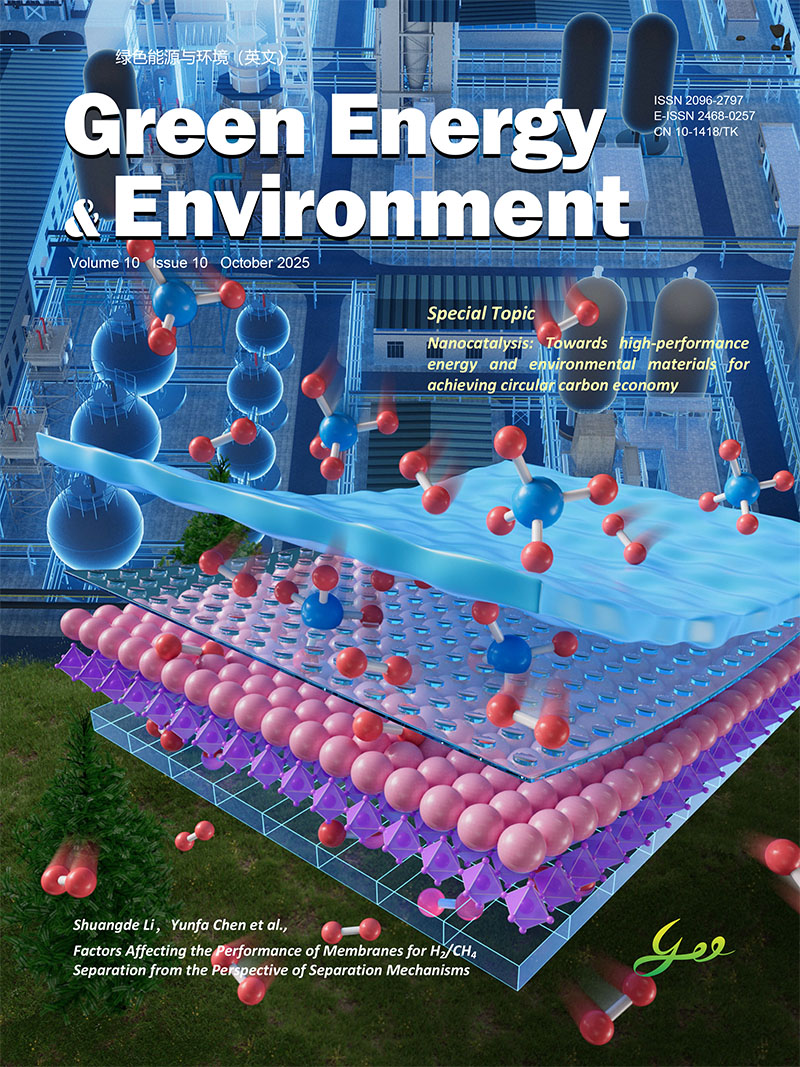2019 Vol. 4, No. 4
Display Method:
2019, 4(4): 343-344.
doi: 10.1016/j.gee.2019.09.002
Abstract:
2019, 4(4): 345-359.
doi: 10.1016/j.gee.2018.07.001
Abstract:
2019, 4(4): 360-374.
doi: 10.1016/j.gee.2019.05.003
Abstract:
2019, 4(4): 375-381.
doi: 10.1016/j.gee.2019.04.001
Abstract:
2019, 4(4): 382-390.
doi: 10.1016/j.gee.2019.02.001
Abstract:
2019, 4(4): 391-399.
doi: 10.1016/j.gee.2019.01.009
Abstract:
2019, 4(4): 400-413.
doi: 10.1016/j.gee.2018.10.002
Abstract:
2019, 4(4): 414-423.
doi: 10.1016/j.gee.2019.05.002
Abstract:
2019, 4(4): 432-438.
doi: 10.1016/j.gee.2018.07.002
Abstract:
2019, 4(4): 439-452.
doi: 10.1016/j.gee.2019.01.007
Abstract:
2019, 4(4): 453-469.
doi: 10.1016/j.gee.2018.04.002
Abstract:
2019, 4(4): 470-482.
doi: 10.1016/j.gee.2019.03.003
Abstract:








 京公网安备 11010802039050号
京公网安备 11010802039050号